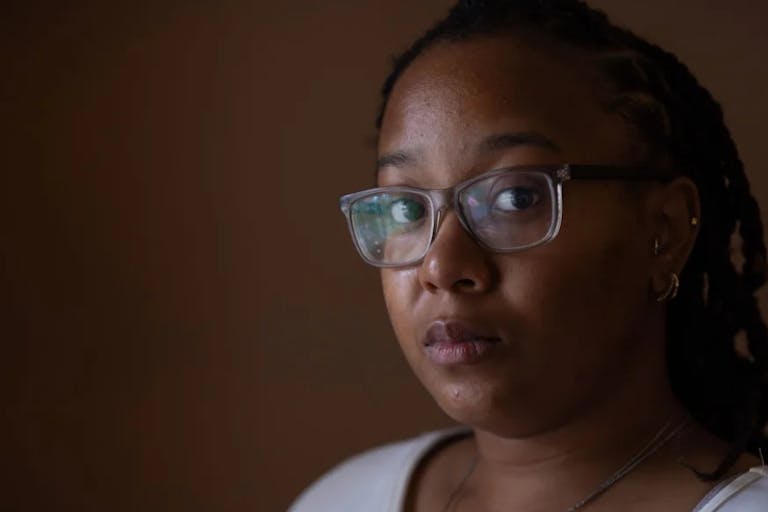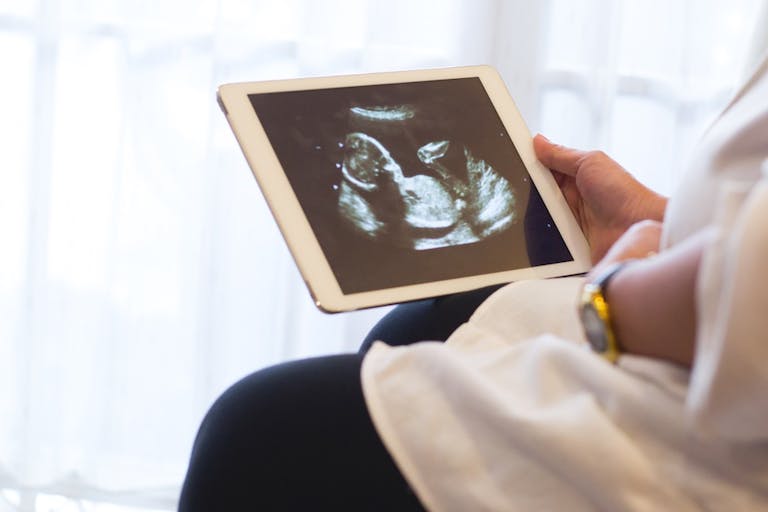
FACT CHECK: Are pro-life laws to blame for arrest of SC woman who delivered baby in a toilet?
Nancy Flanders
·
Legalizing abortion in Northern Ireland leads to dramatic increase in abortions
In 2019, legalized abortion was forced onto Northern Ireland by the United Kingdom (UK) government in Westminster, with the regime officially taking effect in March of 2020. And it didn’t take long for abortions in Northern Ireland to skyrocket.
The UK government decreed that abortion is now allowed up to 12 weeks of pregnancy for any reason whatsoever, though abortion is permitted anytime throughout pregnancy for disability, rape or incest, and so-called “risk to the mother’s life or health.” However, much like abortion laws in the United States, the wording of the law is vague and essentially allows abortion on demand for any reason.
In the United States, Roe v. Wade made abortion a “right” across the country under the “right to privacy” in the Fourteenth Amendment, permitting women to have an abortion up through the point of viability, an essentially meaningless benchmark. However, Roe’s partner decision, Doe v. Bolton, allowed a woman to have an abortion for “health” reasons, but with an extremely broad interpretation. Doe’s text allows an abortion to be committed after viability, stating “… medical judgment may be exercised in the light of all factors – physical, emotional, psychological, familial, and the woman’s age – relevant to the wellbeing of the patient. All these factors may relate to health….”
In the UK, an incredible 98% of abortions are committed for reasons of “mental health.” Yet, despite the best efforts of the pro-abortion lobby, much of Northern Ireland remained pro-life, and doctors were refusing to commit abortions. So UK lawmakers took action again, putting pressure on the Northern Ireland Department of Health to expand the number of abortions being committed.
READ: UK government expands abortion while seeking to recognize animals as sentient beings
This effort appears to have been successful. According to the Belfast Telegraph, the Northern Ireland Department of Health has reported 1,624 abortions having been committed since legalization, even without a formal commissioning of the UK’s mandated legalization.
On top of that, nearly 400 women still traveled to Britain for abortions, making a total of 1,994 women from Northern Ireland choosing abortion since legalization, even as Northern Ireland lawmakers have yet to implement or fund any part of the UK’s law.
British politicians are still not happy, even with the number of abortions increasing. Robin Walker, a British politician serving as Northern Ireland’s Minister of State, has kept up the pressure for Northern Ireland to make abortion even more readily accessible, with the threat of UK lawmakers forcibly taking action once again.
“Progress must be made towards properly commissioning services so that safe, local abortion services are fully available as a healthcare service in Northern Ireland. The current situation is not acceptable,” Walker said in parliament. “If there continues to be no progress, the Secretary of State for Northern Ireland will issue a direction using his powers under the Abortion (Northern Ireland) Regulations 2021, to ensure that services are commissioned and delivered.”
Article continues below
Dear Reader,
In 2026, Live Action is heading straight where the battle is fiercest: college campuses.
We have a bold initiative to establish 100 Live Action campus chapters within the next year, and your partnership will make it a success!
Your support today will help train and equip young leaders, bring Live Action’s educational content into academic environments, host on-campus events and debates, and empower students to challenge the pro-abortion status quo with truth and compassion.
Invest in pro-life grassroots outreach and cultural formation with your DOUBLED year-end gift!
This pressure comes even as officials estimate there will be over 6,000 abortions committed each year in Northern Ireland. Comparatively, before abortion was legalized, 1,089 abortions were committed on Northern Ireland women, virtually all of them taking place in England or Wales. If the estimate is correct, it would equate to a nearly 500% increase in abortions after legalization.
This result is similar to that of other countries. Russia is perhaps the most extreme example; in 1920, the Soviet Union legalized abortion. Today, over 100 years later, Russia has the highest abortion rate of any country by far, with compiled United Nations data putting the rate at 53.7 abortions per 1,000 women. At times it has been even higher.
The United States isn’t as extreme as Russia, but legalizing abortion had a similar effect nonetheless. The CDC’s Abortion Surveillance System tracks the number of abortions — although it skews low, as not all states report their numbers. In 2018, the CDC recorded 619,591 reported abortions, even without abortion data from California, the District of Columbia, Maryland, and New Hampshire.
After Roe v. Wade legalized abortion in 1973, the number of abortions skyrocketed in the U.S. That year, there were 651,831 abortions, with 52 states and territories reporting. By 1983, just a decade later, there were 1,268,987. After the 1980s, the abortion rate began to fall, although the CDC has reported that this decrease has leveled off.
For its part, the Guttmacher Institute — Planned Parenthood’s former research arm — reports a higher number of abortions than the CDC. Guttmacher reported 862,000 abortions in 2017.
Some pro-abortion outlets have claimed that legalizing abortion lowers abortion rates, but confirming what we know from historical data, research from the Lozier Institute has also proven this claim to be patently false. Legalizing abortion causes it to increase, often drastically, and it seems that is to be the fate for Northern Ireland.
What makes this all the more outrageous is that the people of Northern Ireland didn’t want this fate, and are continuing to fight against it. The United Kingdom should respect the will of the pro-life people of Northern Ireland.
“Like” Live Action News on Facebook for more pro-life news and commentary!
Live Action News is pro-life news and commentary from a pro-life perspective.
Contact editor@liveaction.org for questions, corrections, or if you are seeking permission to reprint any Live Action News content.
Guest Articles: To submit a guest article to Live Action News, email editor@liveaction.org with an attached Word document of 800-1000 words. Please also attach any photos relevant to your submission if applicable. If your submission is accepted for publication, you will be notified within three weeks. Guest articles are not compensated (see our Open License Agreement). Thank you for your interest in Live Action News!

Nancy Flanders
·
Pop Culture
Cassy Cooke
·
International
Cassy Cooke
·
Analysis
Cassy Cooke
·
Analysis
Angeline Tan
·
Analysis
Cassy Cooke
·
Politics
Cassy Cooke
·
Politics
Cassy Cooke
·
Pop Culture
Cassy Cooke
·
International
Cassy Cooke
·
Analysis
Cassy Cooke
·